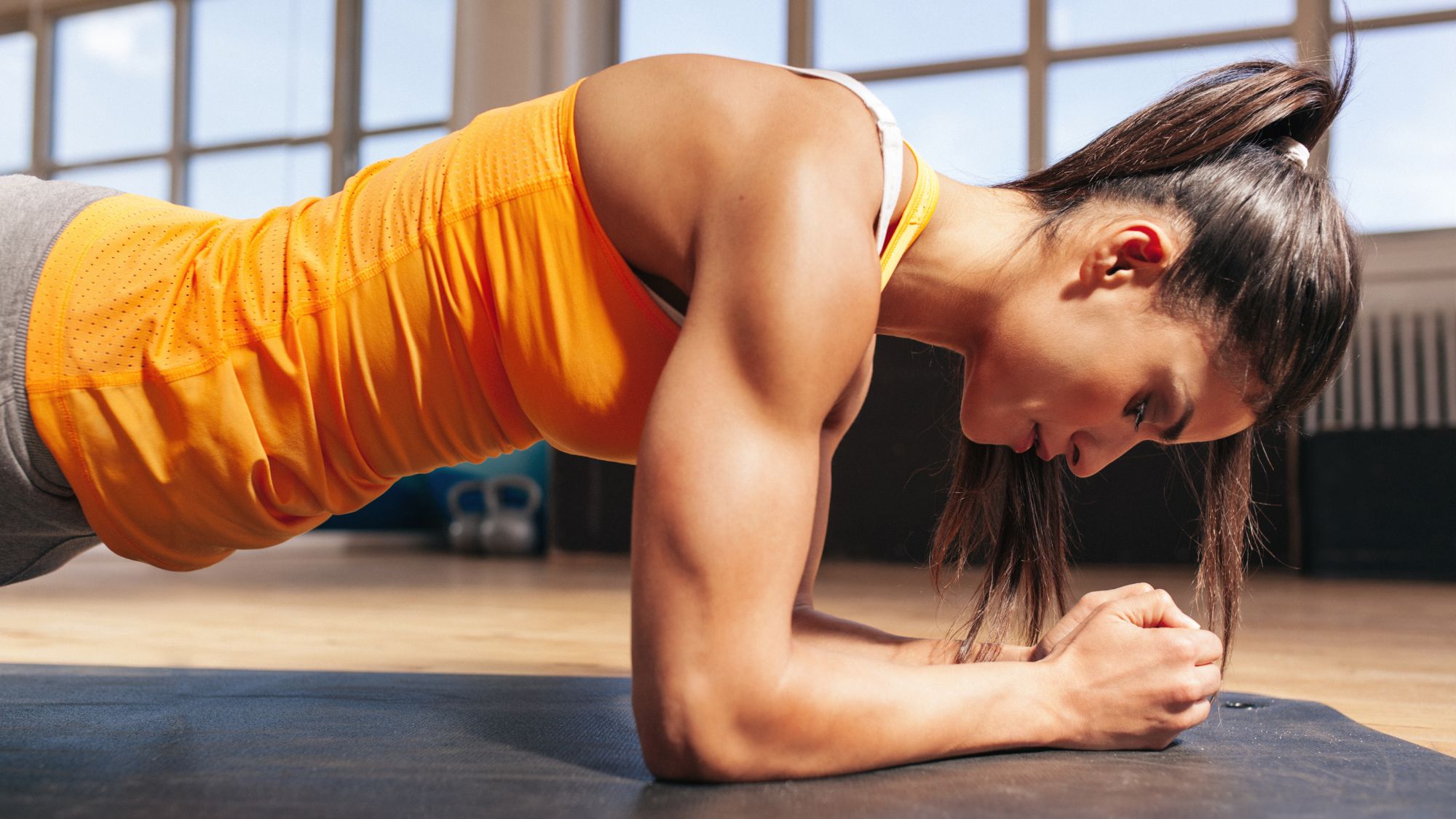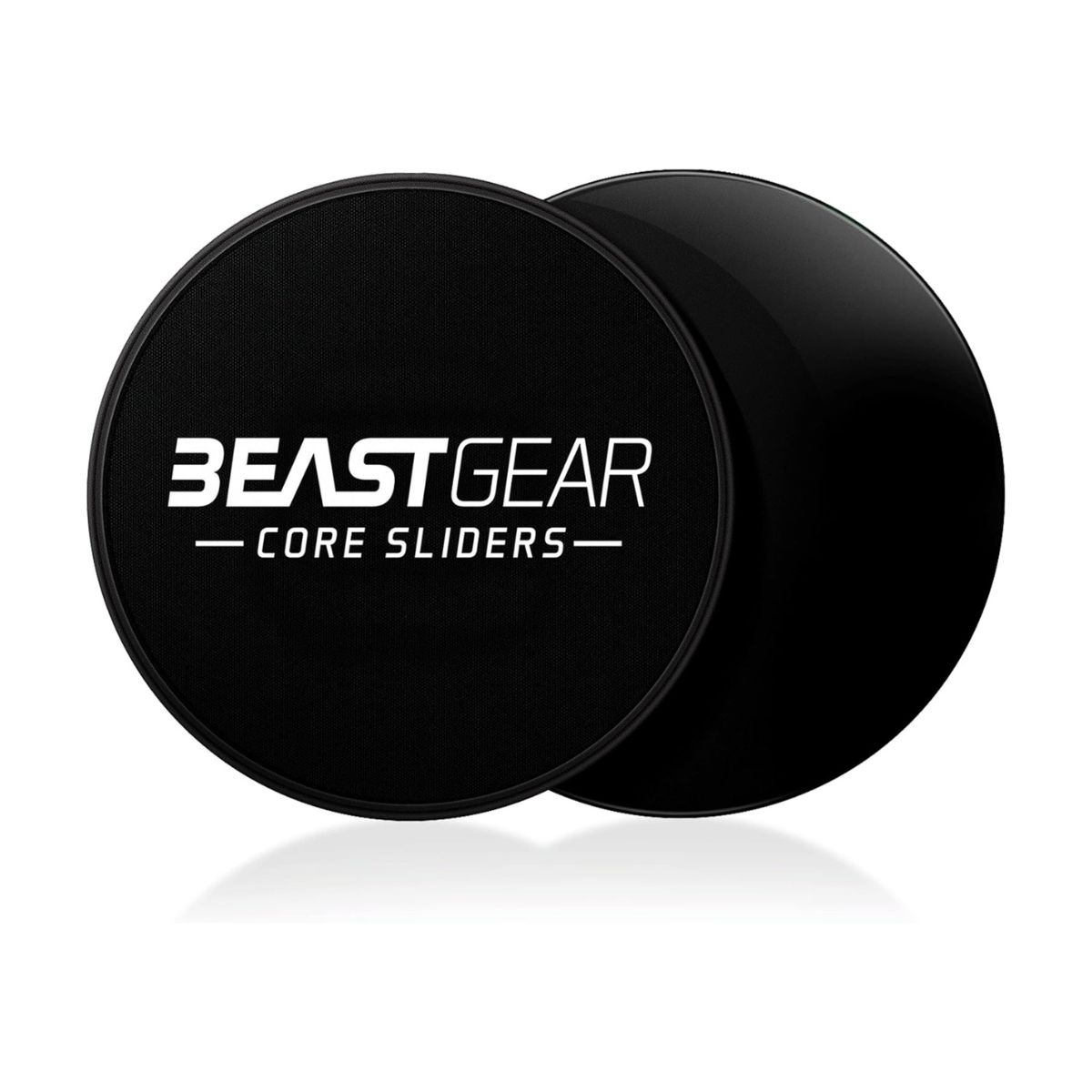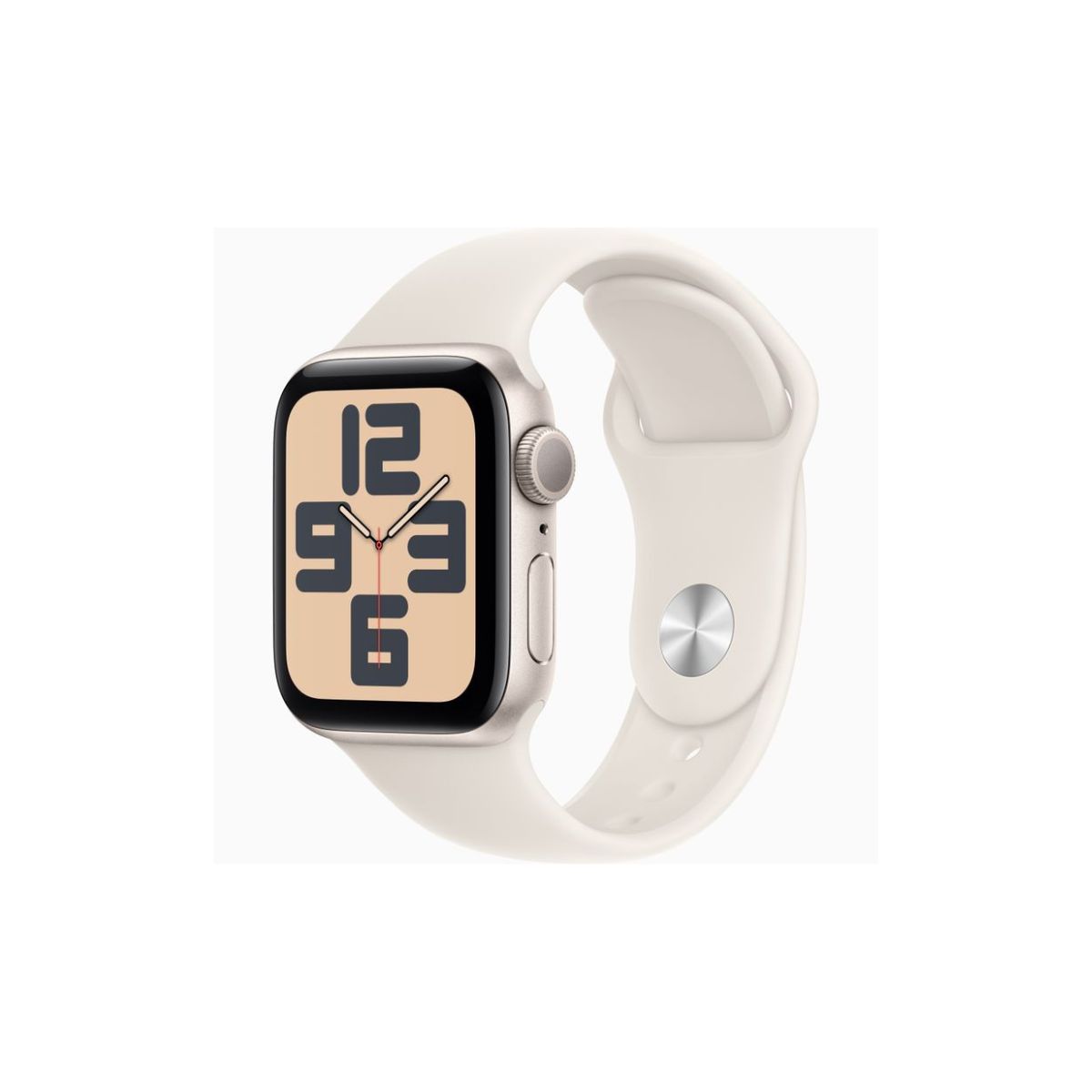Bored of Planks? These Are The Best Variations to Master To Rocket Your Core Strength, According to PTs
Variety is the spice of life, remember.


From high planks and low planks to side planks and plank jacks — plank variations aren’t hard to come by. We guess you could say that's what makes these OG bodyweight exercises (which can take true grit and determination to complete) so universally loved (or loathed!).
But no matter which type of plank you do, there’s no denying that the humble bodyweight move — which involves holding yourself up in a straight line from your head to your heels, without any arching in the lower back or lifting of the hips — can supercharge your fitness like no other.
For example, research confirms that performing a plank is particularly effective in “enhancing overall body stability and mobility” as it focuses on strengthening the abdominal muscles within the core muscle groups. Another study, published in the Journal of Sports Science & Medicine, highlights that plank exercises will go a long way to target your deep core muscles (like the transverse abdominis, pelvic floor and diaphragm) too — all of which are essential for strength, stability and control.
And better yet, irrespective of whether you’re unable to complete a plank on your forearms or hands for minutes on end, this 2021 study found that both the body saw plank (which involves rocking your body back and forth while in the plank position) and conventional plank “effectively enhance core muscle endurance and dynamic stability equally".
Maybe you're bored with performing a forearm plank? Tired of completing a high plank? Or, you're unable to master both of the above? To help, we spoke to personal trainers to uncover the best plank variations so no one has to miss out on the benefits these bodyweight moves bring.
For even more plank-inspired guides, discover what happened when one writer decided to plank every day for a week, how effective planks really are and dive into the TikTok’s “Easy” planking trend. While you’re here, you might also be keen to find out about how long you should plank for, what the reverse plank variation entails, and a low-down on the Copenhagen plank, too.
5 best plank variations to try, according to top pros
What is a plank?
A plank involves holding your body in a straight line, either on your forearms or hands, for a set period of time. “The fundamental isometric exercise primarily targets the core, but also activates the shoulders, glutes, and legs,” Rowan Clift, training and nutrition specialist at Freeletics says.
Celebrity news, beauty, fashion advice, and fascinating features, delivered straight to your inbox!
To get the form right, Clift says it’s essential to focus on alignment. “Your elbows (or hands) should be directly under your shoulders, your core should be engaged by drawing your navel toward your spine, and your glutes should be squeezed to prevent your hips from sagging,” he says.
What are the benefits of trying a plank?
Planks are often hailed as one of the best bodyweight exercises you can do — and with justification.
“Planks offer a wide range of benefits beyond just building visible abs,” Clift explains. “They strengthen the entire core, including deeper muscles like the transverse abdominis, which is critical for stability and injury prevention.”
According to personal trainer Aimee Victoria Long, regular plank practice can also improve posture, give your functional fitness a boost, and help with injury prevention. “A strong core helps reduce the risk of back pain and improves overall movement patterns,” she says.
Low back pain sufferers will be pleased to know that holding up your bodyweight to perfect a plank can also help with back pain. According to researchers in this 2018 study, that's because this OG move can "strengthen the core, enable proper musculature and bring "significant changes in proper alignment and posture along with strength to bring down pain, improve quality of life."
Another study found that completing isometric exercises (like a plank) can also help lower blood pressure.
But it’s not just physical or metabolic benefits that planks can bring. Clift argues that another advantage of this bodyweight move is their ability to build mental toughness. “Holding a static position for time pushes your endurance, focus, and resilience, all essential qualities for bodyweight training and functional fitness,” he notes.
Another plus is that planks are hugely versatile, as there's a seemingly never-ending list of variations to choose from. This makes them accessible to the masses, regardless of where you are in your fitness journey. So maybe you're unable to high plank or you just prefer a side plank, the good news is that there are plenty of alternatives to choose from.
And due to their simple, yet effective, makeup, they can be completed from just about anywhere, as you just need your bodyweight and enough space to lie down flat. It's a win-win!
5 of the best plank variations, according to PTs
1. Side plank with reach-throughs
What? Not only will you be holding a plank, but, as its name suggests, you'll be 'reaching' your arm through to the opposite side by rotating your torso slightly.
Why? "This move really targets the obliques and lateral core muscles, while also challenging shoulder stability and coordination," Clift says. "The rotation element adds a dynamic twist, making it much more demanding than a traditional side plank."
How long? Aim for 20 to 30 seconds per side or however long it takes you to complete eight to twelve reach-throughs.
2. Plank to push-up
What? Essentially, this is two moves in one. First, you'll adopt a forearm plank position before transitioning into a straight-arm plank and back again.
Why? "Sometimes called up-downs, this movement requires control, shoulder strength, and core engagement throughout," Clift says. "It’s ideal for building dynamic strength and endurance."
How long? Try to complete eight to twelve reps at a slow, controlled pace to really get the benefit.
3. Plank with arm or leg lift
What? This move typically sees you hold a plank position while lifting either a leg or an arm (or both) up in the air.
Why? "This removes a point of contact with the ground and forces your core to stabilise against rotation and imbalance," Clift explains. "It’s an excellent way to build deep core strength and train coordination."
How long? Hold each lift for about five seconds and aim to complete five to eight reps on either side.
4. Plank to Shoulder Tap
What? Keeping a high plank position, you'll alternate as you touch the opposite shoulder with your hands.
Why? "It's a great way to challenge anti-rotational core strength," Long says. "It forces you to stabilise through your hips and keep your torso steady."
How long? Try to complete 30 to 45 seconds of this move, or ten to twelve taps per side.
5. Forearm Plank with Toe Taps
What? Instead of using your hands to tap your shoulders, you'll use your feet to tap out towards the side.
Why? "This version adds lower body movement while keeping core engagement high," Long says. "It also activates the glutes and improves hip mobility."
How long? Complete this move for 30 seconds or eight to ten taps on each side. Repeat for two to three sets.
Shop Marie Claire UK's resistance training kit:

Every plank workout needs a cushiony mat to help protect your joints and prevent slipping. Enter: this 5mm option, which is both fun and functional. Spenny, we know, but it comes with all the design details you could need, including an antimicrobial additive that prevents mould and mildew, it's moisture-absorbent, and it's reversible. So it's no wonder it's listed in our guide to the best gym mats.
Is it better to plank on elbows or hands?
Both forearm planks and high planks have their benefits, but the "better" option will essentially depend on your goal.
According to personal trainer Aimee Victoria Long, elbow planks are better for isolating the core because they "reduce the involvement of the arms and shoulders". "They’re also easier on the wrists and typically lower to the ground, increasing difficulty for the core," she flags.
Whereas high planks (i.e. planks held on your hands) recruit more of the shoulders, chest, and triceps. "So they’re great for building upper body strength and are often used as a base for more dynamic movements like shoulder taps, plank jacks, or push-ups.”
So, if your goal is core endurance and precision, Long suggests opting for a forearm plank. If you’re combining with other movements or working on total-body strength, a high plank is the way to go.

Rebecca, or Becks, is a freelance journalist with more than ten years of experience in the industry. She specialises in all things health and lifestyle and has written for a number of brands including Women's Health, Stylist, the Evening Standard, Good Housekeeping, The Telegraph, Live Science, Tom's Guide and Fit&Well. Becks also writes copy for a number of brands and small businesses.
When she's not weight training, tracking down the best gym leggings, reading a book or at her desk typing away, you'll find her in the kitchen perfecting a new recipe or bake.






